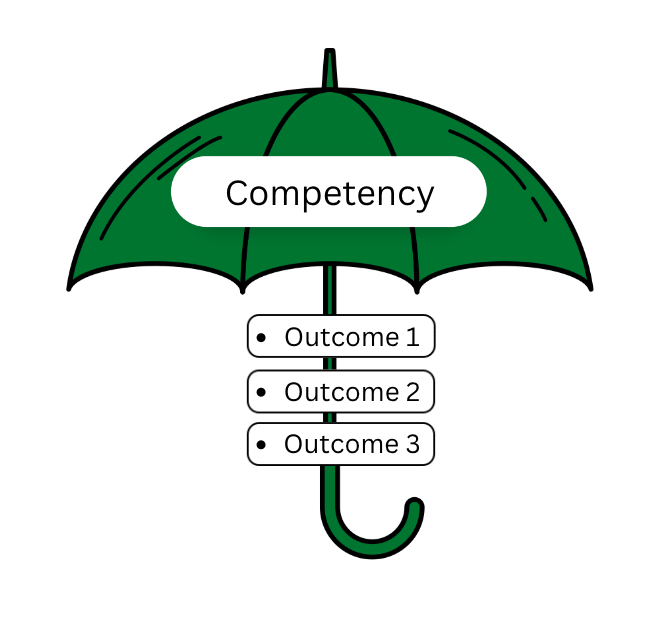From Stuck to Supercharged: The What and Why of Brain Plasticity
Your Brain on Teaching and Learning: Series One
What is Brain Plasticity?
Brain plasticity is the brain’s ability to reorganize and restructure itself throughout a person’s lifetime. It is a result of the brain’s ability to form new neural connections and strengthen existing ones based on the activities we engage in and the information we process. Factors such as learning, exercise, diet, and environmental stimuli can all influence brain plasticity. Recent research has shown that educators who understand the basics of brain plasticity can design courses that promote and accelerate learning and retention.
Why is Brain Plasticity Important?
Brain plasticity offers several benefits in the field of education, including:
Improving Instructional Strategies:
- By understanding the principles of brain plasticity, educators can design and deliver their content in a way that takes advantage of the brain’s ability to change and adapt.
- Experiential learning, as an example, can reinforce neural connections in authentic contexts, and designing courses that create a challenging learning environment can promote long-term retention of information and develop students’ ability to transfer their knowledge to different contexts.
 Enhancing Student Learning and Well-being:
Enhancing Student Learning and Well-being:
- Incorporating the principles of brain plasticity into classrooms can lead to improved academic performance, authentic engagement, and better holistic outcomes.
- By drawing students into the content naturally, educators can create an environment where students are encouraged to learn and continue learning throughout their lives.
Facilitating Research:
- Research in the field of brain plasticity can lead to new discoveries about how the brain works, which can have wide-ranging implications for medicine, psychology, education, and neuroscience, among other fields.
- By staying up to date on the latest research in brain plasticity, individuals can contribute to the advancement of knowledge in these respective fields.
Sources:
Herculano-Houzel, S. (2017). The human brain in numbers: a linearly scaled-up primate brain. Frontiers in Human Neuroscience, 11, 1-11. doi: 10.3389/fnhum.2017.0034
Katz, B., & Kolodny, O. (2016). Teachers’ knowledge of brain plasticity and education: A review. Educational Psychology Review, 28(3), 645-651.
